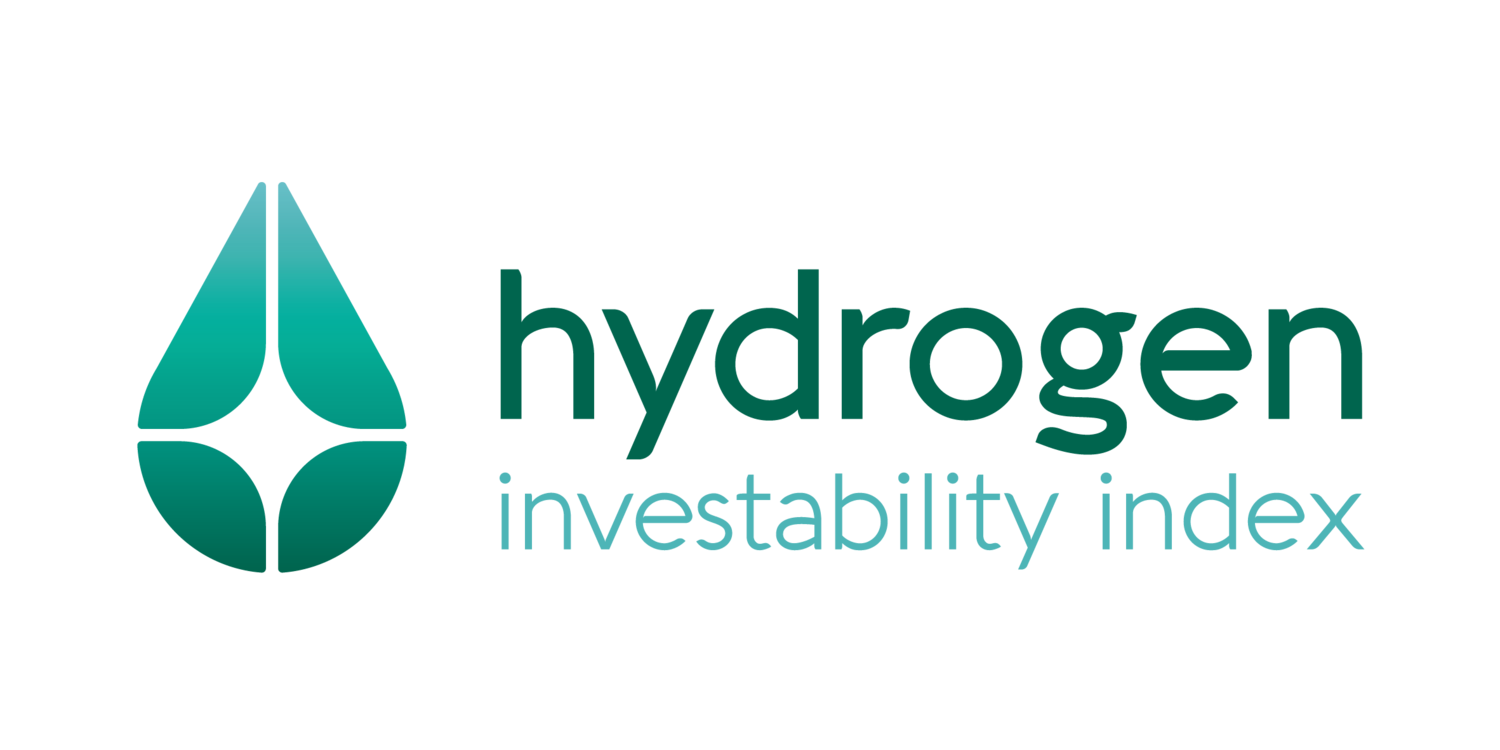The transition to the hydrogen-based economy is a fundamental paradigm shift of our energy sector that requires confident investors, who in turn requires greater visibility. This was the motivation behind the creation of this Hydrogen Investability Index (H2i), a reference on the status of hydrogen markets and the size of opportunities across countries today.
The intent of the ranking is to provide insight that focuses on market fundamentals in each country—cutting through hype—that will drive hydrogen investments in the near and medium term.
Emerging Hydrogen Superpowers is the title for this inaugural edition of H2i, reflecting where we see countries today racing towards – to become the world’s first hydrogen superpowers. We intend to provide timely updates to this ranking as deep decarbonisation efforts gain momentum across the world, and we welcome you to keep us in your roster of key hydrogen publications.
Hydrogen Investability Index
Download the full report
*click here for our privacy policy
Foreword
Accelerating the development of the most abundant element in the universe needs confident investors and in turn, they need greater visibility. This highlights the importance of this inaugural global Hydrogen Investability Index. Cranmore Partners and Energy Estate have partnered to analyse nations’ current and planned visions for what will become one of the most influential energy markets in the 21st century.
Already, countries representing nearly 90% of global GDP have policies or initiatives that support hydrogen markets. The Hydrogen Council estimates that there are now more than 350 large-scale hydrogen projects worldwide with USD500bn of global investments in projects and value chain anticipated by 2030. Such forecasts are helping silence a persistent argument that clean hydrogen’s projected growth – notably green and blue hydrogen – is more hype than reality. Now there is no doubt: support to scale up hydrogen is both dramatic and permanent.
Hydrogen itself is far from new. Its discovery in 1766 intrigued the scientific community as an energy carrier, followed by significant use in industrial sectors in recent decades. The technology required to produce clean hydrogen is also not new and has been proven for many years. However, the last eighteen months mark a significant appetite to scale up low carbon hydrogen, garnering global attention. The plunging cost of renewable energy, coupled with governments and corporates rapid pivot to support ambitious and immediate decarbonisation agendas over and beyond renewable electricity, are helping to power this paradigm shift.
The transition will naturally take time. Currently, grey hydrogen accounts for the vast majority of the world’s hydrogen production, while green hydrogen represents a small fraction. Hydrogen use today is primarily centred on fertiliser production and industrial demand and there is much to be done to increase demand in other sectors.
The hydrogen project pipeline is growing, almost exponentially. Of the USD500bn investment in hydrogen projects up to 2030 announced to date, nearly a third is either in planning stage, having passed a final investment decision, or associated with a project that is already under construction, commissioned or currently operational.
Opportunities exist for investors across the globe but are riper in certain regions. Given EU-wide policies and a supportive carbon pricing mechanism in EU ETS, unsurprisingly, countries in the European Union (EU) account for one-third of the Top 40 in our Index. The EU also represents more than 50% of the world’s announced projects to 2030. The potential for hydrogen to support the world’s emerging economies – accounting for a further one-third of the nations in our Top 40 Ranking – is also vast and largely untapped.
We anticipate the rankings will fluctuate considerably over time as countries mature their policies and demand for clean hydrogen, green ammonia and e-fuels in local and export markets grows. The Top 40 ranking includes countries across 6 continents, and we have already seen high levels of mobility from project developers and strategic players, just like we have seen in the past with oil and gas exploration and solar development. As the industry expands, a critical challenge will be how does clean hydrogen contribute to achieving the UN’s Sustainable Development Goals and deliver long term, measurable benefits to host communities and regions.
The realisation of the hydrogen market’s potential requires many questions to be answered, as you would expect with an emerging ecosystem. The Hydrogen Investability Index’s ambition is to provide deep insight into each country’s starting point and the potential for the development of a clean hydrogen industry globally. Emerging Hydrogen Superpowers is the title for this inaugural edition of H2i and hopefully this encapsulates the current state of the market and the scale of the opportunities. In this first report we have included detailed analysis of 25 of the countries from the Top 40 ranking. We will expand this evaluation to the remaining countries in the coming weeks.
We are very grateful for the efforts of our team to develop this index over the past year and in particular Meishi Tan, Peter Conway, and Michelle Meineke. We look forward to receiving your feedback on the index and stimulating robust discussions within your business and across the industry globally.
Editorial team: Yusuf Macun, Simon Currie, Peter Conway, Meishi Tan, Rosie King
Copyright © 2021 Cranmore Partners and Energy Estate.
All rights reserved. All or part of this publication may be used or reproduced as long as the following citation is included on each copy or transmission: ‘Used by permission of Cranmore Partners and Energy Estate’


